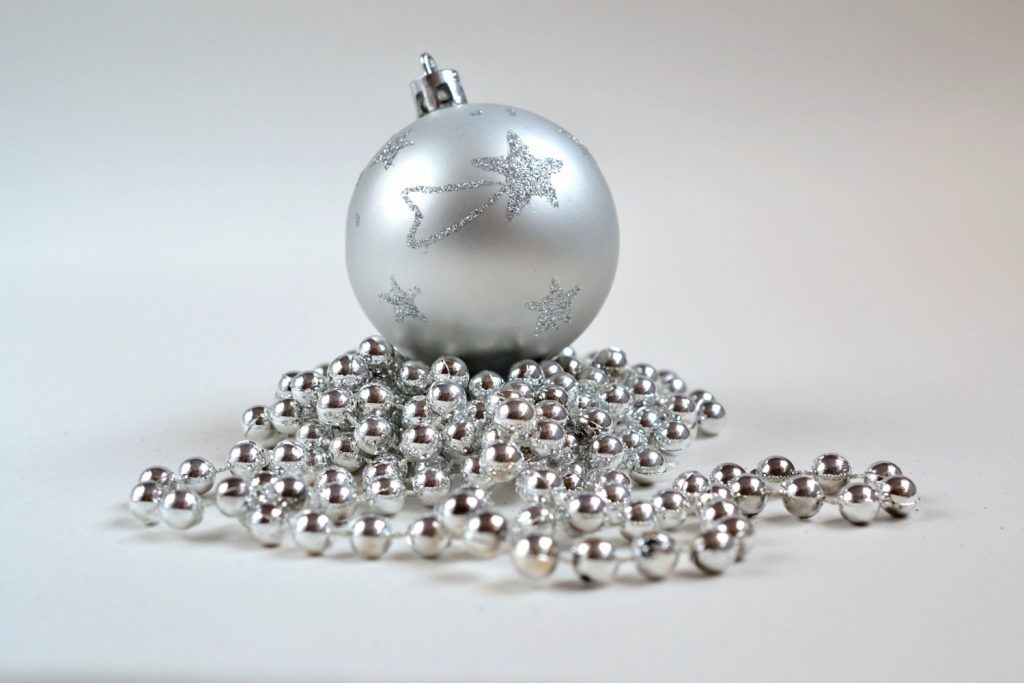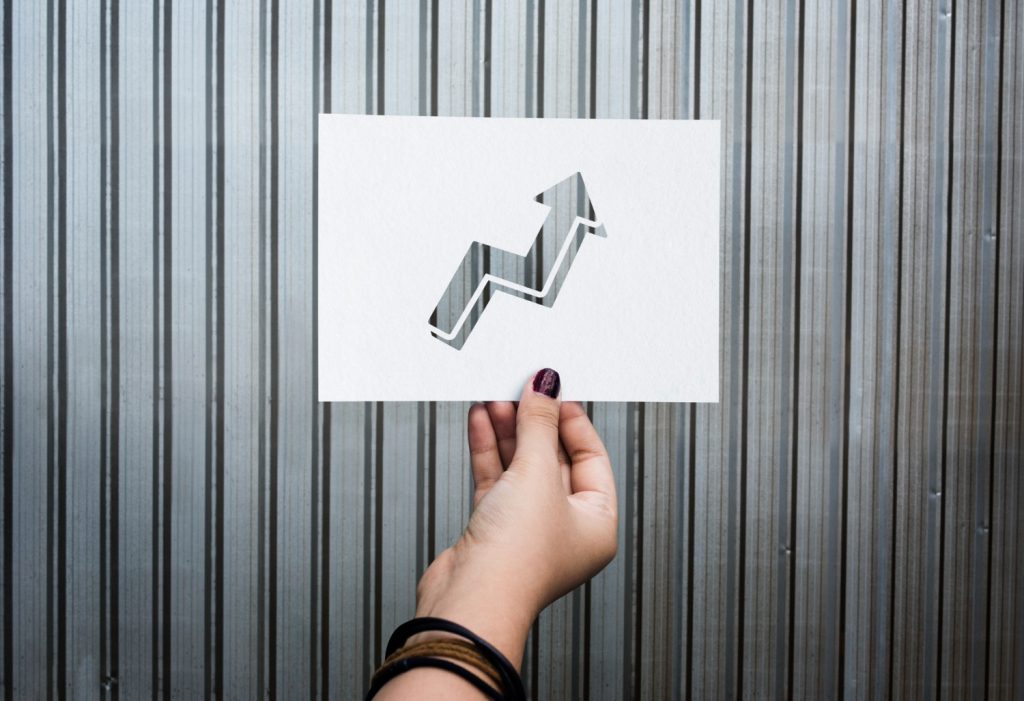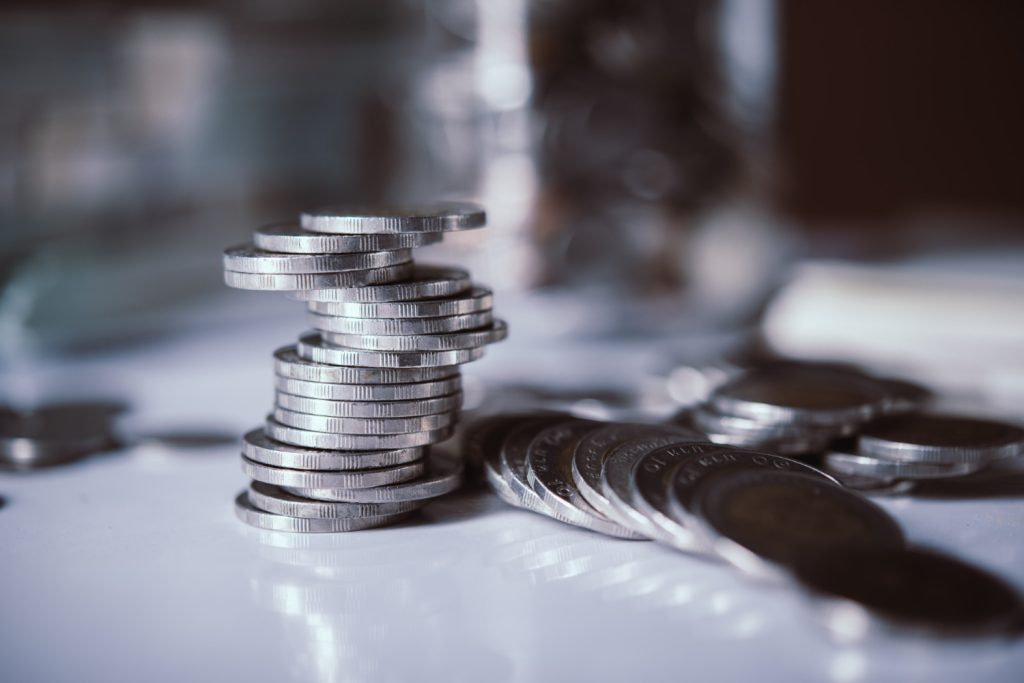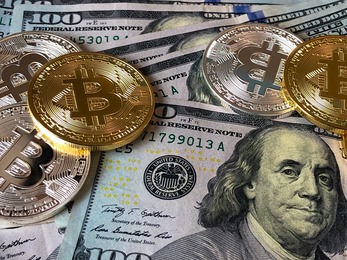Investors and traders must know about different classes of assets in which to invest. And silver futures are one of the best assets to invest in. Go through this article for understanding silver futures.
Futures trading has long been a cornerstone of the commodities market, offering traders the opportunity to speculate on or hedge against the price movements of various assets.
Among these commodities, silver holds a unique place, prized not only for its historical role as a monetary metal but also for its significant industrial applications. Understanding silver futures and how it works is important if you want to start investing.
Silver futures offer traders a way to participate in this dynamic market without needing to hold physical silver. This article will walk you through the key concepts of silver futures trading, from how it works to strategies, risks, and important considerations.
What Are Silver Futures?

If we talk about the practice, silver futures trading involves two parties agreeing to buy and sell a specific amount of silver. Here, they predetermine the price on a specified future date.
These contracts are standardised, meaning they come with fixed terms such as contract size and delivery date, making them easier to trade on futures exchanges. When trading silver futures, you’re not exchanging physical silver (unless you hold the contract to expiration).
Instead, most futures contracts are settled financially, meaning traders profit or loss based on price changes without having to worry about receiving or delivering bars of silver.
The standard contract for silver futures typically represents 5,000 troy ounces of silver. These contracts are traded in standardised increments known as tick sizes, representing the minimum price movement allowed for each contract. Tick sizes may seem small, but given the leverage involved in futures trading, even slight movements can result in significant gains or losses.
Future contracts also come with expiration dates, which are the dates by which the contract must be settled. If you’re not planning to take delivery of the physical silver or sell it, you’ll need to close your position before the contract expires. Otherwise, you could end up with a hefty delivery obligation or need to arrange storage for a large amount of silver. For more information, see here.
Understanding Silver Futures Market

Silver futures are typically traded on major exchanges, like the COMEX (Commodity Exchange), a division of the New York Mercantile Exchange (NYMEX). These exchanges provide a regulated marketplace where traders can buy and sell silver futures contracts. The exchanges provide standardised terms, ensuring a level of consistency and transparency across all trades.
Participants in the silver futures market generally fall into two categories: speculators and hedgers. Speculators trade silver futures to profit from price movements, making short-term bets on the direction of silver prices.
Hedgers, on the other hand, use silver futures to protect their existing investments in silver. It also works on other related industries from adverse price changes. For instance, a silver mining company might use futures contracts to lock in current prices. It helps them protect against potential future declines in silver’s value.
Silver plays a unique role in the global economy due to its dual function. This is because both an industrial metal and a store of value. Industrial demand for silver comes from sectors like electronics, solar energy, and medical devices, all of which require silver’s conductive and reflective properties.
Simultaneously, silver has a long history as a safe-haven asset, with investors turning to it during times of economic uncertainty or geopolitical tension. This combination of industrial use and investment demand makes silver a volatile and often unpredictable market.
Price Drivers of Silver Futures

Like most commodities, silver prices are heavily influenced by supply and demand dynamics. Changes in silver production, driven by factors such as mining output or recycling, can affect supply, while shifts in industrial or investor demand can impact prices.
Beyond these fundamentals, several macroeconomic factors play a significant role in determining silver prices. Inflation, for example, often boosts demand for silver and other commodities as investors seek to protect their wealth from rising prices. Interest rates also have a direct impact. When rates are low, holding non-yielding assets like silver becomes more attractive, driving up prices.
Trading Strategies for Silver Futures

When it comes to trading silver futures, your strategy will largely depend on your investment goals and risk tolerance. Here are a few things you must do if you are to start trading in Silver Futures –
Choose a Reputable Brokerage Farm
If you want to start trading silver futures, you have to first find a reputable brokerage firm offering silver trading services. It’d help to look for good and reliable customer services and competitive trading fees. You can look for them on the internet and find the broker that’s best for your location.
Create your Account
Once you have selected your trading farm, you’ll have to go ahead and open your silver trading account. For this, you’ll have to provide the brokerage farm with some of your personal information. Complete your account by depositing the amount.
Understanding Silver Futures Investment Strategies
whether you want to invest in the long term or carry out short-term trades has an impact on your income. Both have their advantages and drawbacks. Here are some of the things you know about day trading and long-term investments –
Day Trading
For traders interested in short-term profits, day trading silver futures can be highly effective. Day traders buy and sell contracts within the same trading day, aiming to capitalize on intraday price fluctuations. This approach requires a good grasp of technical analysis and quick decision-making.
Long Term Trading
On the other hand, long-term investors may use silver futures to speculate on price movements over weeks, months, or even years. In this case, fundamental analysis becomes more important, focusing on broader economic trends, market sentiment, and industry factors.
Select Silver Futures Contract
Choose the best silver futures contracts to start your trading. But before you start trading, pay attention to different things like contact specifications, expiry dates, trading volumes, and more.
Research & Analysis
A combination of technical analysis tools can help traders identify potential entry and exit points. Some of these tools include – moving averages, the relative strength index (RSI), and support and resistance levels. Chart patterns, like head-and-shoulders or ascending triangles, are also commonly used to predict future price movements.
Conclusion
Trading silver futures can be a lucrative opportunity for those who understand the market’s complexities. From its unique role as both an industrial and investment commodity to the various macroeconomic and geopolitical factors that drive its price, silver offers traders a wide range of opportunities and risks. By combining sound research, a well-thought-out strategy, and effective risk management, both novice and experienced traders can potentially benefit from the dynamic silver futures market.
Read More:




Leave A Comment